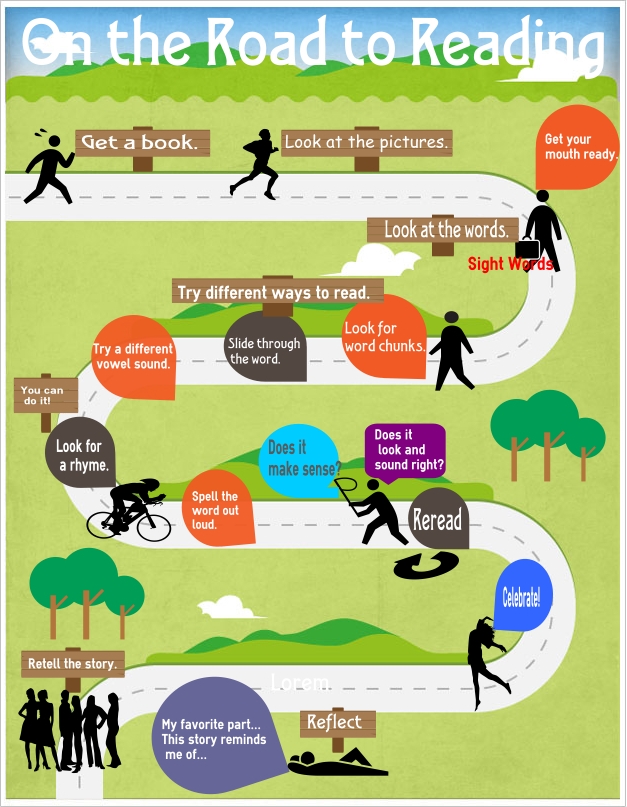At-Home Speech Therapy Techniques for Boosting Receptive Language Skills
“Jonas, did you clean your room yet?” “What?” “Did you clean your room yet?” “Huh?”
Sound familiar? Kids often challenge a parent’s patience by not listening or “pretending” to forget what you tell them. But sometimes, a child’s inability to follow directions might be more than simple forgetfulness. He may have trouble with his receptive language skills. A speech-language pathologist (SLP) can use speech therapy techniques to help a child with a very broad range of issues, including receptive language disorders. A speech therapist can also determine whether the child does indeed have a speech disorder or whether he’s just a little behind schedule with his language development. (Check out this guide from ASHA on the difference between the two issues.) As well, work with the speech therapist to implement at-home speech therapy techniques to boost your child’s receptive language skills. Using these at-home speech therapy tips can encourage your child’s development, whether or not he has a speech disorder.
So What Is Receptive Language, Anyway?
Receptive language refers to your child’s ability to process information (input, not output – think of an inbox tray on a desk). Your child might be struggling with communication because he does not understand what is said to him. For example, if you tell him, “Give me your cup,” without offering any nonverbal cues, your child might get confused and ignore the instruction. Children who struggle with language comprehension might also repeat questions rather than answering them, or they might give nonsensical answers. (Children with these issues may also suffer from hearing loss, so have your child screened.)
Okay, So Which At-Home Speech Therapy Techniques Can Improve Receptive Language?
Fortunately, there are countless little things you can do to help your child improve his language comprehension. Your first step should always be to consult his speech therapist about at-home speech therapy techniques that would be particularly helpful for your child’s needs. Then, try the following tips:
Simplify Your Language
It can be tempting to use complex sentences and new vocabulary words to expand your child’s language skills, but your child must first be able to understand what’s being said to him. Instead, break your language down into simple, short sentences and phrases. It’s just like learning a foreign language: first you learn simple, single words like “Yes” and “No” before you learn how to understand longer sentences.
Provide Nonverbal Cues
Using nonverbal cues while you speak to your child can help him associate the words with the meanings. Hold up an object or point to it when you talk about it. Similarly, if you notice your child looking at something, point to it and say something about it. Be sure to label it or name it to help your child improve his vocabulary.
Additional At-Home Speech Therapy Techniques
- Read to your child regularly
- After reading a page, discuss what was just read and what might happen next to improve language comprehension
- Make a game out of naming objects and having your child point to them to build his vocabulary
- Have your child practice following simple directions, but try to make them fun (i.e. “Give Mommy a hug!” and “Tickle your little brother!”)
- Encourage your child to indicate when he does not understand something (shrugging, etc.) so that you can explain it



